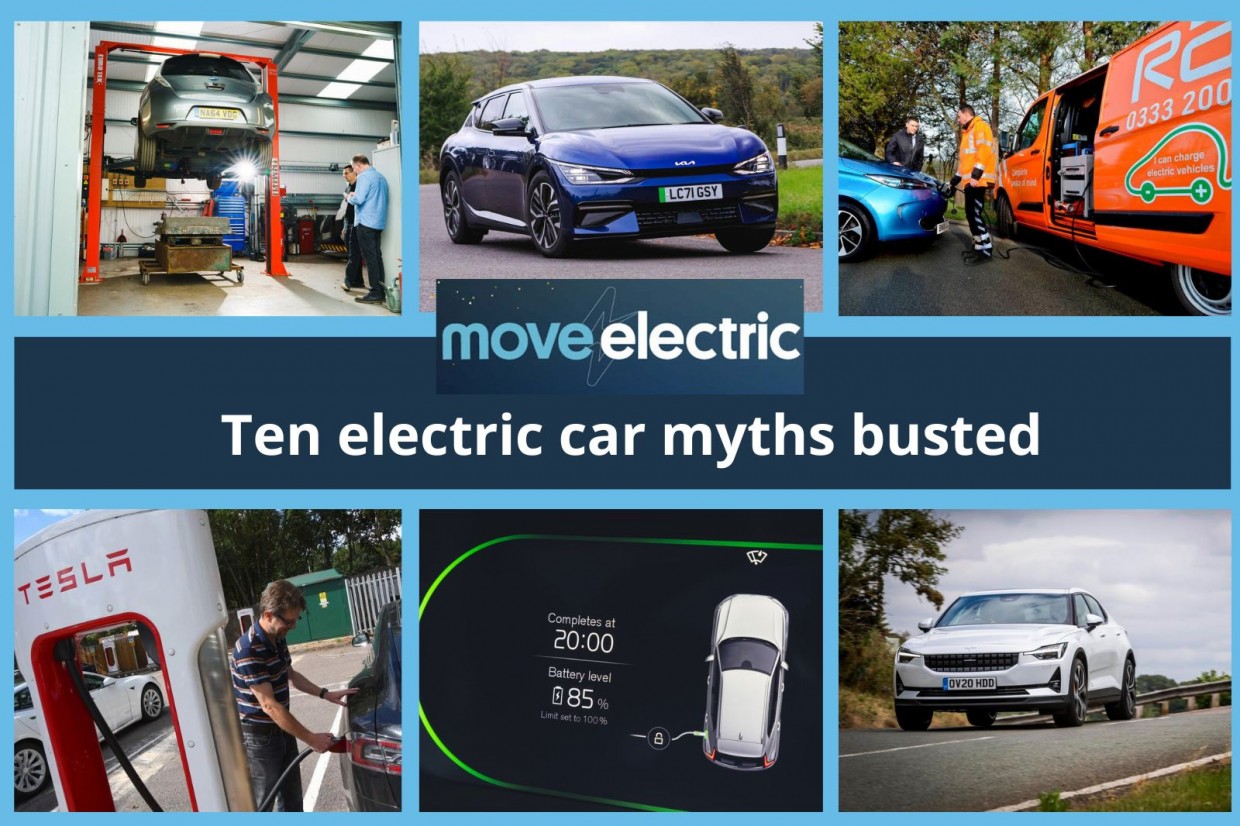
Electric cars have never been more popular, with buyers clamouring to ditch internal combustion and plug-in to the future. Models such as the Tesla Model 3 and Vauxhall Corsa-e have broken into Britain’s best sellers list, while every manufacturer worth its salt has an EV in its price lists.
Yet despite the incredible success of these machines over the last year or so, they are still surrounded by confusion and controversy. From worries about charging in the rain to suspicions about how environmentally friendly they really are, there are plenty of myths that need de-bunking. So, to help cut through the suspicion and hearsay, we’ve compiled answers to ten of the most common misconceptions about EVs.
Get the latest electric news, reviews and features in your inbox with the Move Electric newsletter
You can’t charge an EV in the rain
That makes sense, doesn’t it? After all, we’re told from a very young age that water and electricity don’t mix, so it’s fair enough to assume that handling a high voltage cable when it's lashing down is tempting a shocking fate. Happily, the reality isn’t anywhere near as dangerous as that. In fact, it’s arguably safer plugging in an EV than filling an ICE car with petrol or diesel.
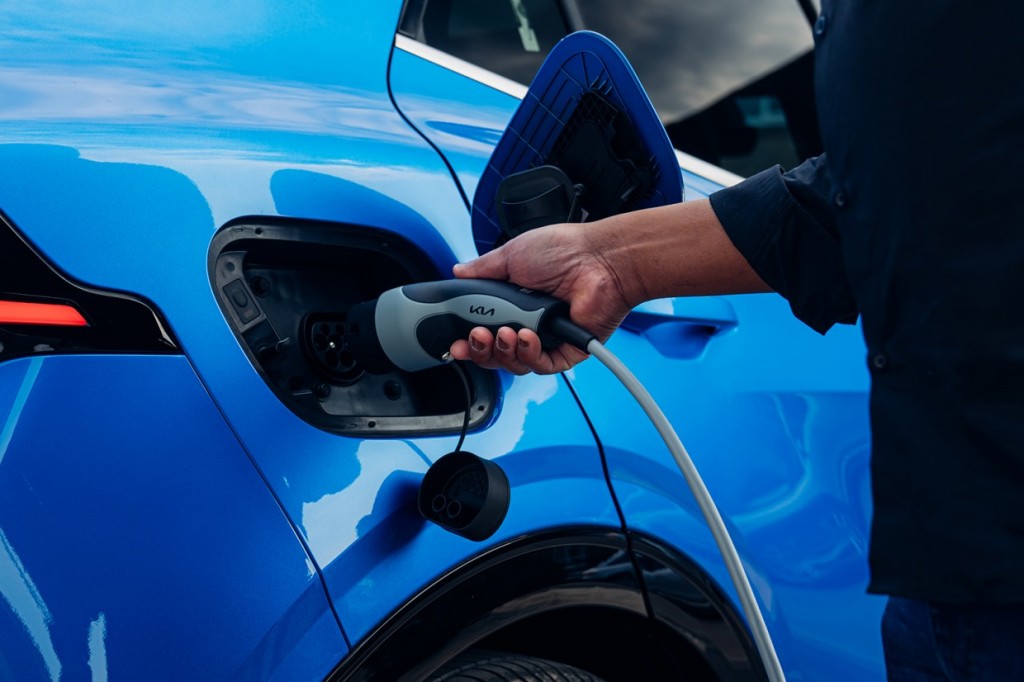
First off, the charging plug at the end of the cable and the electrical socket in the car have been carefully designed to reduce the chance of water and dirt getting in, while the charging stations themselves (both public and domestic wallboxes) are extensively waterproofed. Crucially, both the car and charger have sophisticated onboard diagnostics that won’t let the electricity flow o until a number of checks have been performed, including whether there’s water in the system
Electric cars don’t have enough range for most journeys
Now, when EVs first started to appear in significant numbers a decade or so ago, this was a legitimate gripe. The original Nissan Leaf could barely muster 100 miles between top-ups, while the less said about the G-Wiz the better. Yet the truth is that constant improvements in battery technology mean that even the shortest claimed ranges today are at least 120 miles, while models such as the forthcoming Lucid Air are promising over 500 miles on a charge.
However, there is another point to consider that has nothing to do with the cars themselves, but the way we use them. You see, according to the most recent Government research, in the UK 99 percent of all car journeys are less than 100 miles, which means that, Renault Twizy or Citroën Ami aside, you could cover almost every journey you make on a single charge in any EV currently on sale.
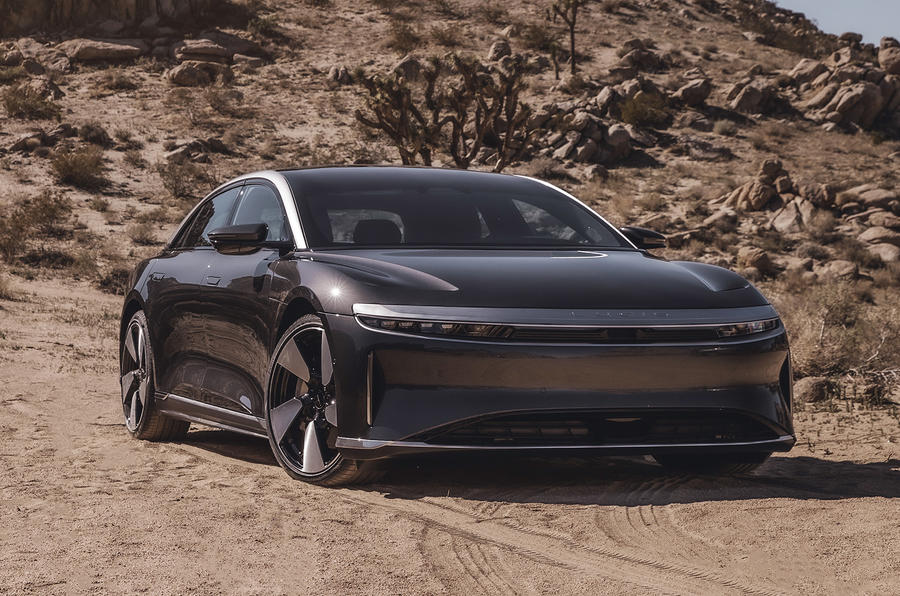
The National Grid won’t cope with all these extra EVs
For many EV sceptics, this is the argument that’s used when they want to land a killer blow in the against electrification. And there is an element of truth to this point of view, because if we all switched out of ICE cars overnight, then each one of us plugged into charge at the same time, then the Grid could go into meltdown. Yet as ever, the reality is a little different to the theory.
Move Electric Awards 2022: National Grid's Graeme Cooper is e-leader of the year
For starters, most EVs are charged overnght, when demand for electricity elsewhere is at its lowest. What’s more, the largest demand on the Grid was 62 gigawatts, and that was back in 2002. Since then, the increased efficiency of all electrical goods, plus the adoption of domestic solar and wind power means electricity consumption has dropped by around 16 percent and continues to fall. Even if we all adopted EVs tomorrow, the Grid’s boffins reckon demand would increase by only 10 percent, which means we’d still be using less electricity than 20 years ago.
EVs are unsafe because their batteries can catch fire
We probably all remember those images from a few years ago of the charred and mangled remains of an EV (usually a Tesla) that had caught fire supposedly without warning. They were understandably shocking, and it’s no surprise that more than a few potential buyers have thought twice about making the switch from ICE to electric.
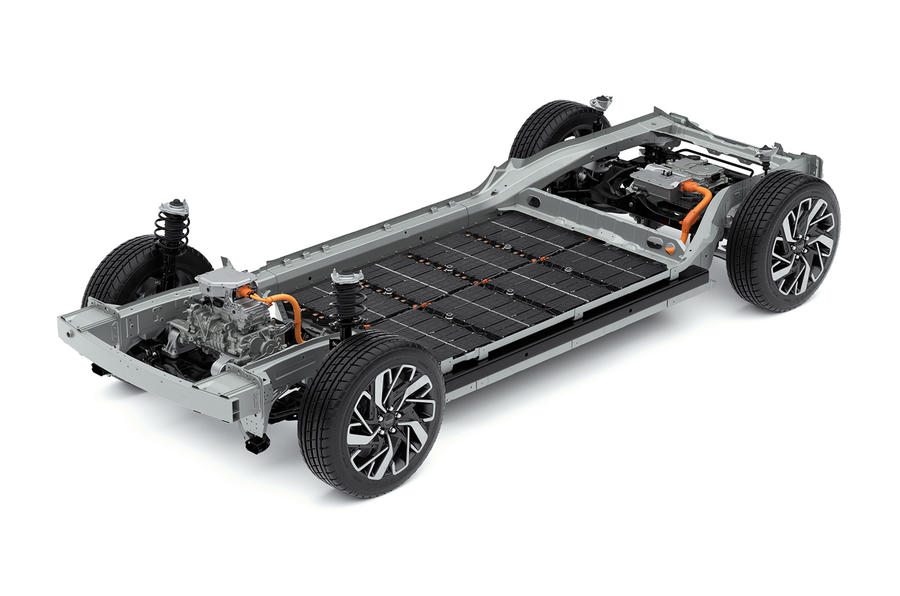
That said, there are a number of things to consider, not least the fact that petrol and diesel cars are also packed with an extremely flammable material (there’s a good reason you’re not allowed to smoke when filling up on a forecourt). More to the point, these incidents of flaming EVs are actually very rare, thanks to manufacturers taking numerous measures to protect the battery.
Not only are the cells kept at the right temperature using water cooling, they are encased in crash resistent structure and placed as far away as possible from any potential impact zones. Finally, if a crash does occur, there are pyrotechnic fuses in the wiring, which are triggered to effictivey disconnect and isolate the battery.
Over their lifetime EVs are no ‘greener’ than petrol or diesel cars
Okay, so this is a tricky one, because the numbers change depending on the study you read, but for the EV critics the argument is more or less the same. Essentially, they claim that while electric cars produce no CO2 at the tailpipe, the electricity that charges them usually comes from fossil fuel power stations.
.jpg)
Let’s deal with the elephant in the room first, the one that looks down its trunk and reminds you that all cars, no matter what their power source, are a drain on the planet - there is no ‘green’, self propelled transport. What we need to look at instead are those that minimise their impact.
So what do the stats say? According to a Government study from 2017, the ‘well-to-wheel’ (effectively the whole lifecycle of a car) emissions of a petrol car was 211g/km, while a diesel was 179g/km and an EV registered just 73g/km. That’s still an impact, but as renewable energy consumption increases and battery technology improves, this figure is only going to reduce, and as recently as 2020 a study by engineering experts Ricardo calculated that an EV’s greenhouse gas emissions were 65 percent lower than an ICEs over the course of their respective lifetimes.
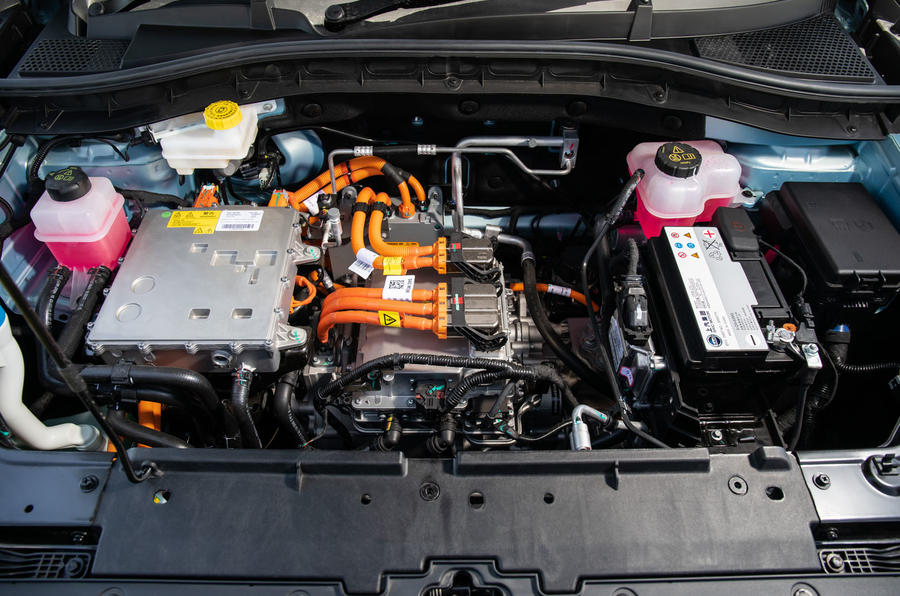
EVs are complicated and cost a lot to maintain and repair
Given they are packed with cutting edge tech and high voltage systems, it makes sense that EVs are likely to be both costly to service and more troublesome. However, compared with a petrol or diesel engine that has thousands of moving parts, an electric motor on average has just 20. It also has just a single speed reduction gear transmission rather than anything up to 10 ratios in a modern automatic gearbox. Ultimately, that all means there’s less to go wrong in an EV.
As a result, not only are electric cars more reliable, they should be easier on the wallet when it comes to maintenance. With no engine oil to change or cambelts to swap, most servicing involves little more than a diagnostic check of items such as the battery, to check all is well, plus a visual inspection of the rest of the car. In fact, all you’re likely to shell out on are for the usual consumables, such as tyres and brakes - although use regenerative braking enough and discs and pads of the friction set-up should last far longer than an ICE’s.
_0.jpg)
Tesla makes the best EVs and is way ahead of the competition
Listen to Elon Musk and his acolytes and you’d believe that all Tesla models are unrivalled in their excellence and make all other EVs look as sophisticated and advanced as neanderthal’s table manners. In fact, to even suggest one of the brand’s cars isn’t the best, especially on social media, is to risk a barrage of invective from fans, or Telsarati as they’re often known.
It is true that Tesla stole a march on established automotive brands, allowing it to take an early lead in, and a big slice of, the EV market. Its in-car technology, plus the impressive range and staggering performance of its models also gives them bags of showroom appeal. But the actual motors and batteries themselves are no more advanced than those of rivals, while in terms of driving dynamics and build quality, Tesla trails the competition.
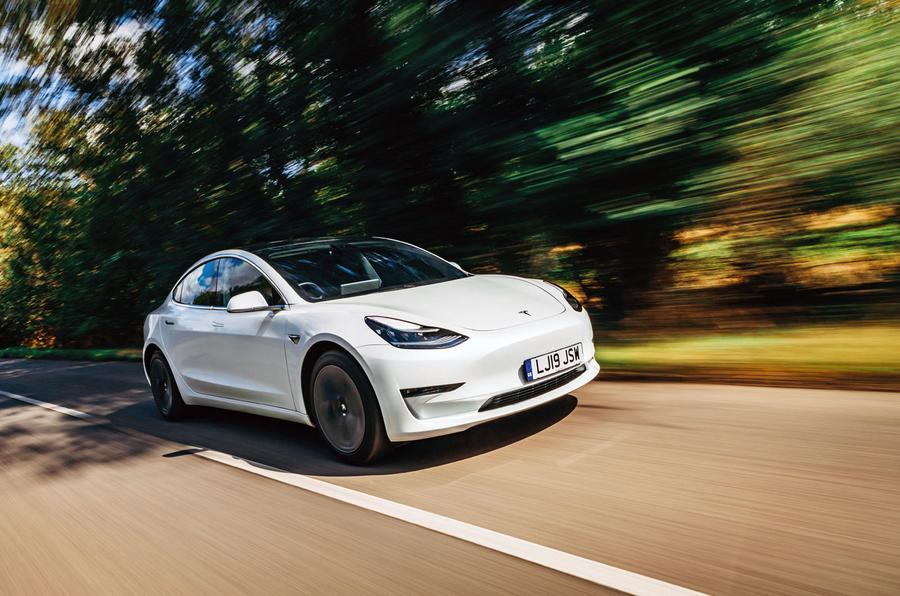
No, in terms of the cars themselves, Tesla isn’t head-and-shoulders ahead of its rivals. Where the American brand has shown real brilliance and foresight, however, is installing its Supercharger network, which gives owners access to fast and low cost charging and numerous locations around the UK. The cars could be hopeless (they’re not), but you’d buy one based on the access to this service alone.
EV batteries don’t last long and will eventually end up in landfill
When EVs first burst onto the scene, one of the big worries was the expected short lifespan of the batteries. And in fairness, with the technology in its infancy, these concerns were understandable. Potential buyers had visions of lithium ion packs quickly losing their stamina, leaving them with no choice to buy a prohibitively expensive replacement and leaving the manufacturer with the tricky task of disposing of the old cells. It’s partly why Nissan and Renault initially offered a leasing option for batteries, meaning buyers would never be liable for the whole cost.
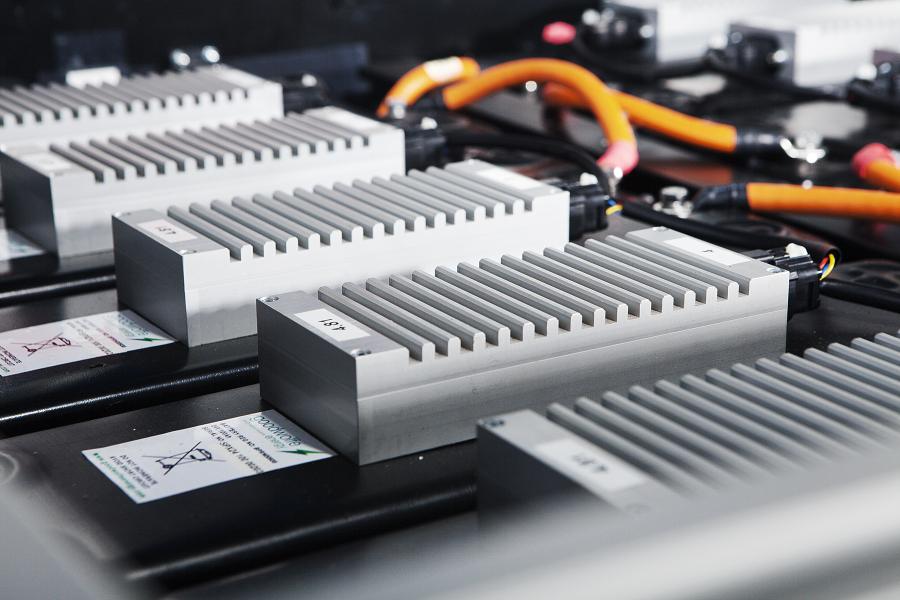
However, the good news is that these fears have proved largely unfounded. Yes, battery performance does degrade over time, particularly if subjected to frequent rapid charging, but not to the extent critics expected. Brand’s still offer long warranties on cells (typically eight years and 100,000 miles), but advances in technology means these guarantees haven’t been necessary. For example, a fleet of Tesla Model S private hire cars used for Gatwick airport runs have racked up 300,000 miles each, with all retaining at least 82 percent battery health, which is pretty impressive.
Moreover, engineers have become more adept at recovering all the useful materials from, with at least 98 percent of the original unit technically recyclable, while the EU insists on a minimum of 50 percent. Then there are those that can be used as second-life batteries, which usually means as storage devices for renewable energy, allowing it to be used when it’s most needed (such as peak times), rather than when it's being generated.
It takes too long to charge an EV
Plug a modern EV with a decent-sized battery into a domestic power supply and you could literally be waiting days for a full charge. That’s no good when you need to be somewhere in a hurry and you know you could fill the fuel tank of an ICE car and be on your way again in minutes.
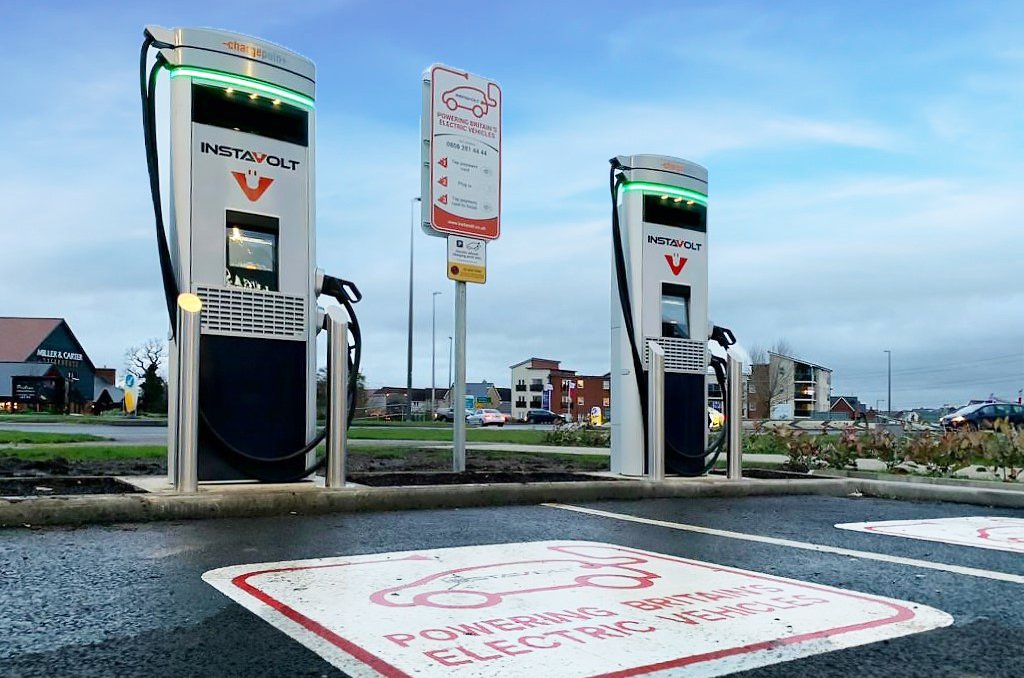
Now, it is true that if you plug, say, a Jaguar i-Pace into a domestic three-pin socket you’ll be looking at well over 24 hours for a full charge, while even with a 7kW wallbox it’ll take 13 hours. Yet while that sounds like a lot, you’re not recommended to use the former, and the latter is no more than an overnight charge, a time you’re unlikely to be using the car anyway. What it does mean is that you’ll leave the house everyday with a ‘full tank’. It’s like having a filling station forecourt on your driveway.
Then, when you’re out and about you can take advantage of fast chargers. Most models will top-up at 50kW, while models such as the i-Pace can accept 100kW, resulting in 80 percent capacity in just 40 minutes. And charging rates are only getting faster, with models from Porsche, Audi, Genesis, Hyundai and Kia with 800 volt architecture that can potentially charge up to 350kW. For example, the Genesis GV60 can reach that 80 percent figure in only 18 minutes. For most people on a long journey, that’s less time than they’ll usually stop for a break, and a bite to eat regardless of the type of car they’re driving.
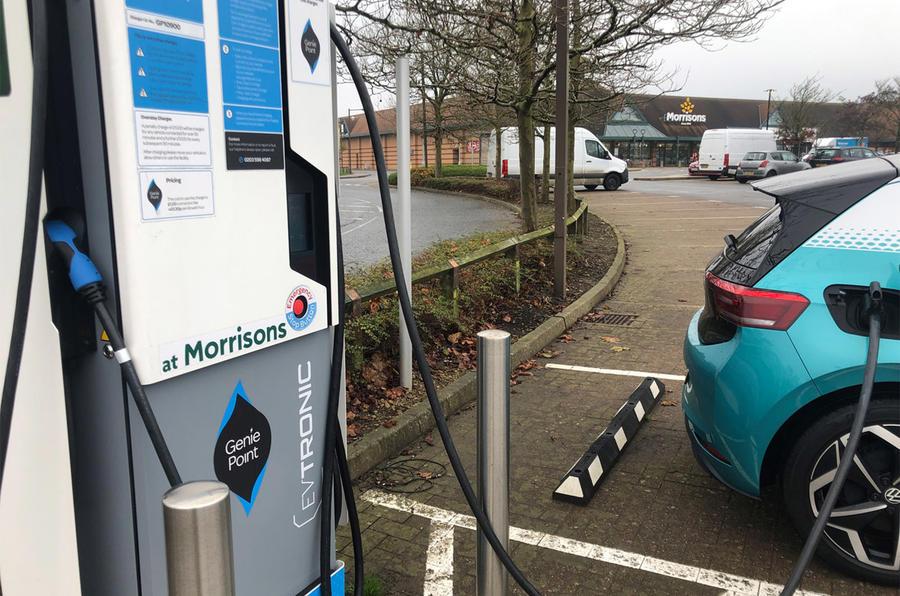
Only those with off-street parking can own an EV
Around 80 percent of EV charging takes place at home, which makes sense when you consider you can leave the car plugged-in overnight for a full battery the following day. So it makes sense that to drive an electric car you need a driveway, because you can’t leave cables trailing across the pavement. Indeed, many local councils forbid this practise, understandably worried about the potential for injuries as pedestrians get tripped up by trailing wires.
With around 40 percent of homes in the UK lacking off street parking, it looks like you’re out of luck if you don’t have a driveway. Well, not quite. For example, there are over 30,000 public chargers available, with around 600 being added every month, so you could plug in on a road near you. There are also an increasing number of lamppost chargers being installed, that allow quick and easy charging when you’re kerbside. Or you can sign-up to apps such as Co-Charger and Plug-Share that give you access to off-street domestic chargers of fellow EV.
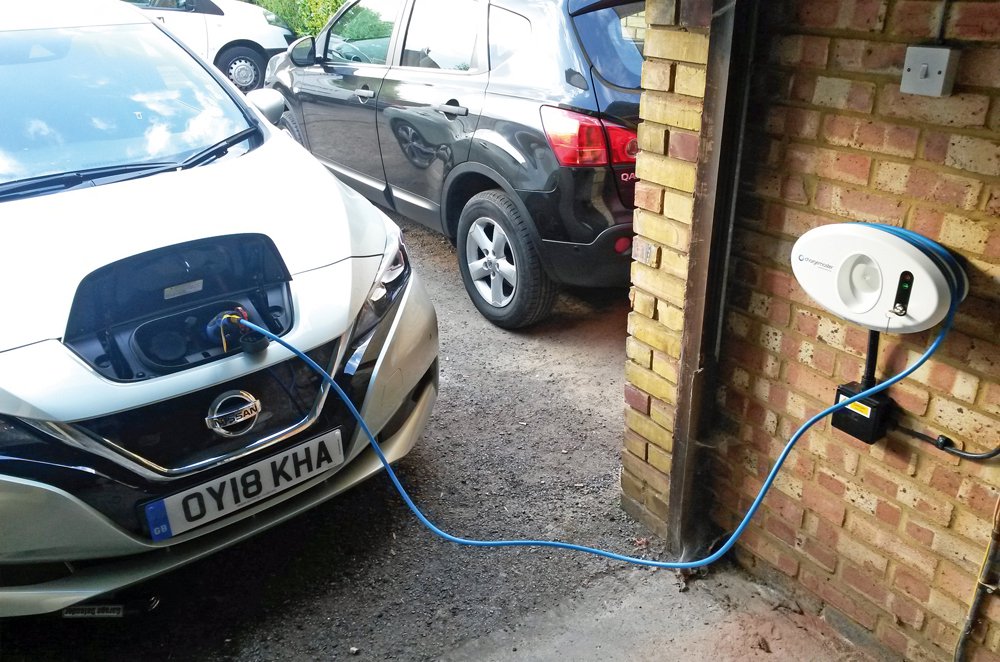
Better still, in the future there will be even more solutions to charging on the street, from simple ideas such as underground channels to feed your charging cables under the pavement, to sophisticated wireless technology (much like your smartphone, you’ll effectively be able to park your car and a large inductive pad under the Tarmac will top up the battery without you even touching a cable. Neat).
READ MORE
Subscribe to the Move Electric newsletter
e-CARS
UK charging networks: complete guide to every provider
New Cupra UrbanRebel is a bold EV supermini with 273-mile range
e-BIKES
10 fun things to try on an electric bike
Living with a Gocycle G4: how easy is it to adjust to?
e-MOTORBIKES
Seat Mó eScooter 125 UK review
How to do a CBT on an electric motorbike
Energica unveils new Experia electric tourer motorbike
e-SCOOTERS
Are e-scooters legal in the UK?
Private e-scooter rules 'cannot simply copy' rental regulations
Superpedestrian's European boss on why e-scooters are for everyone
e-WORLD
New Candela P-12 Shuttle to arrive as first electric ‘flying’ ferry
Pipistrel Velis Electro: meet the first certified electric plane
